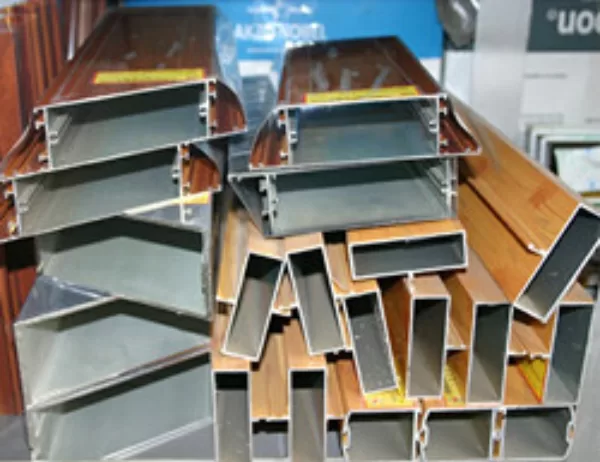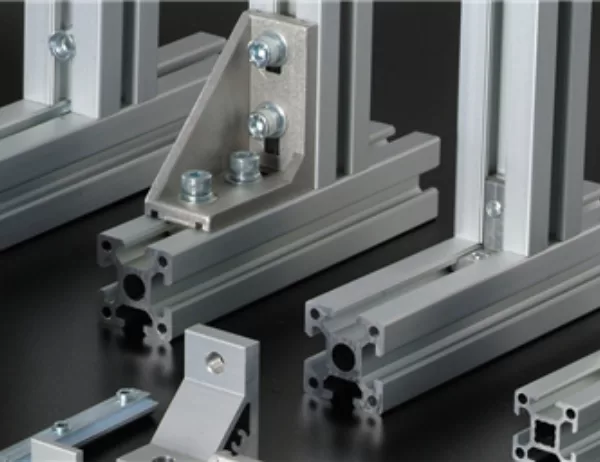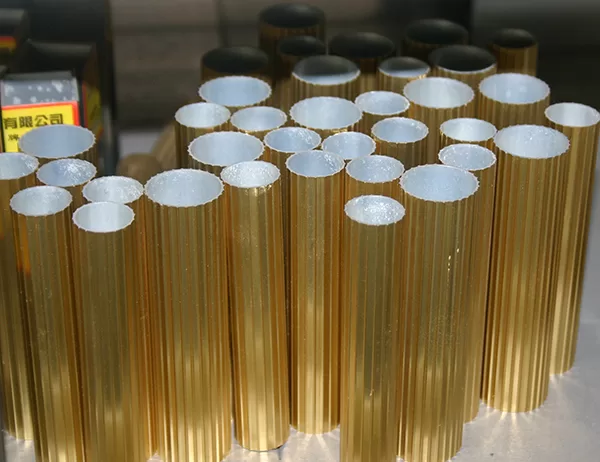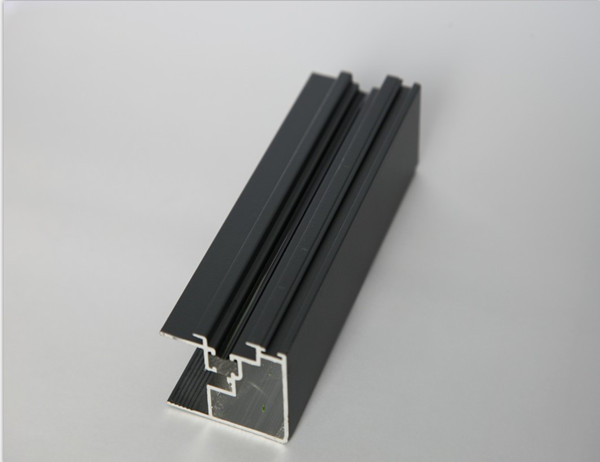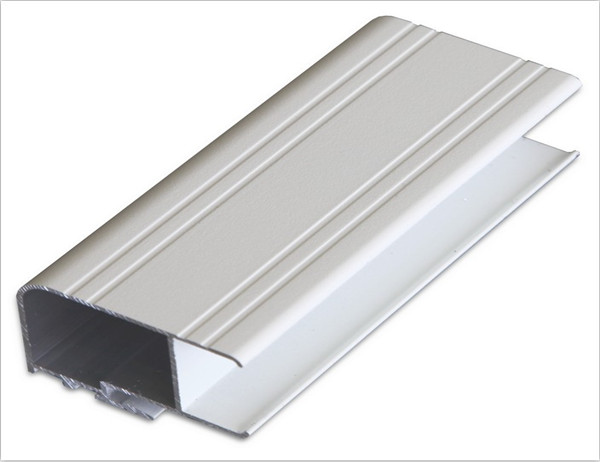Aluminum profiles and steel are two widely used materials in various industrial applications. Each material possesses unique properties that make it suitable for specific purposes. In this article, we will compare and contrast aluminum profiles and steel, highlighting their advantages and limitations in various industrial applications.
Strength and Durability
Steel is renowned for its exceptional strength and durability. It can withstand high loads and impact forces, making it ideal for structural applications such as building frames, bridges, and machinery components. However, steel is also susceptible to rust and corrosion, especially in harsh environments.
In contrast, aluminum profiles offer a lighter and more corrosion-resistant alternative to steel. They possess a high strength-to-weight ratio, making them suitable for applications where weight reduction is crucial, such as aerospace and automotive industries. Aluminum is also highly resistant to corrosion, making it ideal for outdoor applications and in industries where exposure to chemicals is a concern.
Weight and Density
Aluminum is significantly lighter than steel, with a density of approximately 2.7 g/cm³ compared to 7.8 g/cm³ for steel. This weight advantage makes aluminum profiles an excellent choice for applications where weight reduction is critical, such as transportation, robotics, and medical devices.
The lower density of aluminum also contributes to its energy efficiency. Aluminum components require less energy to transport and process, resulting in reduced environmental impact.
Electrical Conductivity
Electrical conductivity is a crucial property for materials used in electrical applications. Aluminum has a higher electrical conductivity than steel, making it a preferred choice for electrical wires, conductors, and other components. This high conductivity allows for efficient transmission of electricity, reducing energy losses and ensuring reliable performance.
Corrosion Resistance
As mentioned earlier, steel is susceptible to rust and corrosion, especially in humid environments. In contrast, aluminum forms a protective oxide layer that shields it from corrosion. This inherent corrosion resistance makes aluminum profiles an excellent choice for applications where exposure to water or corrosive chemicals is inevitable.
Formability and Machinability
Formability refers to the ability of a material to be shaped and formed into complex shapes. Aluminum profiles are highly malleable and can be easily bent, rolled, and shaped using conventional metalworking techniques. This formability allows for the creation of intricate geometries and custom-designed components.
Steel, on the other hand, is less malleable and requires more specialized techniques to shape and form. However, steel can be machined using various methods, including cutting, milling, and drilling.
Cost and Availability
Steel is generally more affordable than aluminum, making it a more cost-effective option for large-scale structural applications. However, aluminum profiles can be more cost-effective in smaller quantities or for specialized applications where their lightweight and corrosion resistance are advantageous.
In terms of availability, both aluminum and steel are readily available in various forms and sizes. Aluminum profiles can be sourced from specialized manufacturers, while steel is widely available from steel mills and distributors.
